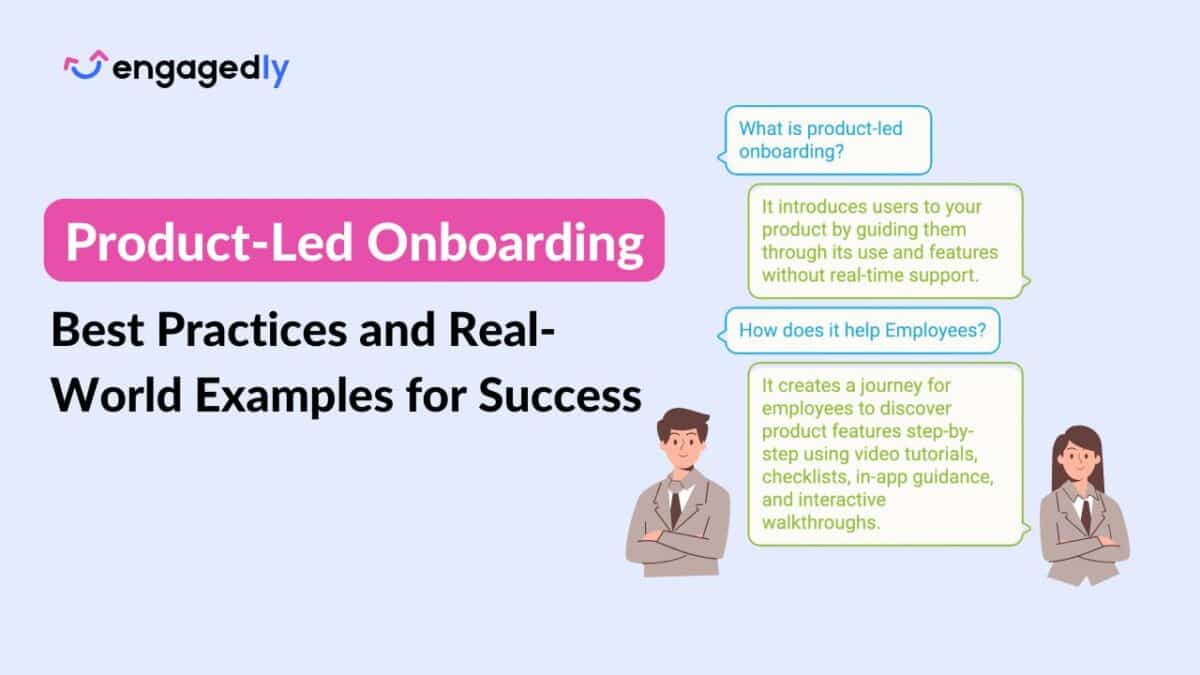Over the past year, more than half of the global working population shifted to remote working due to COVID19. It has been quite some time now that teams have been working remotely and getting adjusted to the new normal. It has proved to be beneficial not only to the employees but also to the organizations. For organizations, it helped them in reducing the costs and recruiting employees globally. And, for employees, it allowed them to work flexibly. Remote working has a lot of benefits, but it comes with its own set of challenges. One of the major challenges faced by remote employees is that they suffer from anxiety and stress, which affects their mental and physical health. It results in disengagement and affects their productivity, which in turn affects the success of the organization.
Let us look at some of the common causes of stress and anxiety among remote employees:
– Lack of Social Interaction: When working from home, one might be disconnected from others for long hours. It can lead to loneliness and isolation, and have a negative impact on employee productivity and mental health
– Work / Life Balance: Employees unknowingly put in extra screen hours while working from home as there is no specific demarcation between work hours and non-work hours
– Too Many Distractions: While working from home, employees can get easily disengaged as there are too many distraction
Here are some tips for you which will help you manage your stress and that of your remote team.
Establish A Routine
Establish a clear and well-defined routine for yourself that will help you create a synergy between work and life. Decide on an appropriate start and end time for your work hours and stick to it. In-between your work hours, set apart some time to take breaks or interact with your peers to get your mind off from work. In addition to creating a work schedule, it is also recommended to design a schedule to include reading, exercise, and self-care in your daily routine.
Having a well-established schedule prevents employees from overworking and hence avoiding burnout.
Also Read: Employee Engagement Software To Help Enhance Productivity
Connect With Your Team Frequently
Connect with your employees on a weekly or bi-weekly basis depending on the need, to track their progress and share updates with them. Share with your team members all the rules and policy changes of the organization from time to time. It reduces uncertainty about the future and helps in reducing any possible anxiety.
As a manager, schedule one-on-one meetings over video conferencing tools with each member of your team to hear out their concerns. When communication takes place over a video call, it is easier to understand them as it sets a personal connection.
Frequent check-in with your employees keeps them engaged, reduces their stress, and they feel more connected to the organization.
Virtual Meditation And Yoga Classes
Yoga and meditation are known to reduce stress and calm the mind. Organize virtual yoga/meditation classes for your employees before or after work hours. With so many video conferencing tools such as Zoom, FaceTime, Google Meet, and Skype, it should be very simple to organize one easily. Reduce stress and produce a calming effect on the mind and body by encouraging your employees to practice breathing exercises whenever possible.
Also Read: How To Curb Digital Distractions
Team-Building Activity, But A Virtual One
Team building activities help employees to work better as a cohesive team. But in the current scenario, traditional team-building practices are not feasible anymore. So, plan and organize virtual team-building activities that will help in building a strong team culture. Meet over virtual lunches or conduct activities such as quiz sessions or a virtual book club. These activities will help in building a sense of trust among your team members and will keep them engaged. Moreover, these activities help employees to take some time off from work and reduce stress.
Empathize With Your Employees
Remote work is still a relatively new concept for most employees, so it can be overwhelming for them at times. Acknowledge and empathize with their struggles and anxiety so that they can stay engaged and productive for a longer period of time. Ask them simple questions such as, “Are you managing well so far in the remote work situation?” or ” Do you need any help to make your remote work experience better?”. Listen to their concerns and responses and find a solution. At times just talking and empathizing with your employees about their stress and anxiety can help a lot. Formalize and document the responses with the help of employee survey tools.
Engagedly’s inbuilt survey feature allows you to create and assign simple surveys to measure employee engagement, employee motivation, and employee happiness.
Also Read: Employee Burnout: What You Need To Know About It
Identify High Productive Hours
According to research on ultradian rhythms, the human body follows a cycle that affects how productive they are. They go through a cycle of 90-120 minutes, where they go from a productive peak to an unproductive trough.
Encourage your employees to identify their highly productive hours and schedule their most important work during those hours. During high productive hours, the human body is more active, focused, and more engaged at whatever it does. It helps employees to improve their intensity of focus and produce better results. The routine and less important work can be scheduled for low productive hours when the body is not as focused and engaged. It helps employees to improve their intensity of focus and produce better results.
Do you want to know how Engagedly can help you with Employee Engagement? Then request for a live demo.
Request A Demo
Gabby Davis
Gabby Davis is the Lead Trainer for the US Division of the Customer Experience Team. She develops and implements processes and collaterals related to the client onboarding experience and guides clients across all tiers through the initial implementation of Engagedly as well as Mentoring Complete. She is passionate about delivering stellar client experiences and ensuring high adoption rates of the Engagedly product through engaging and impactful training and onboarding.






